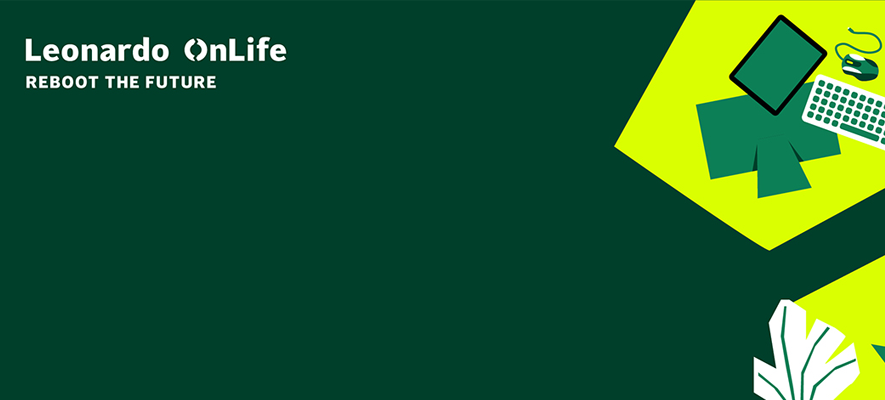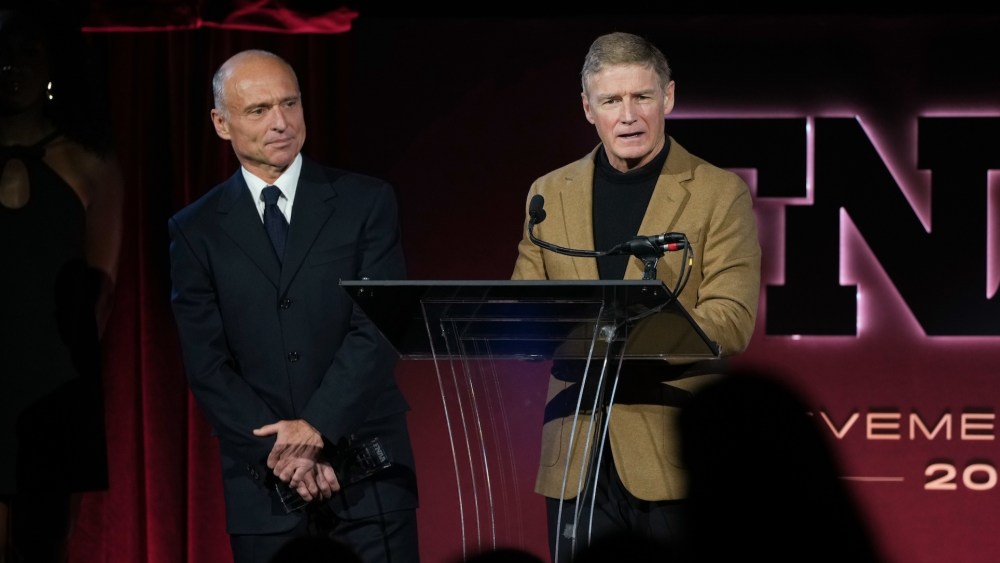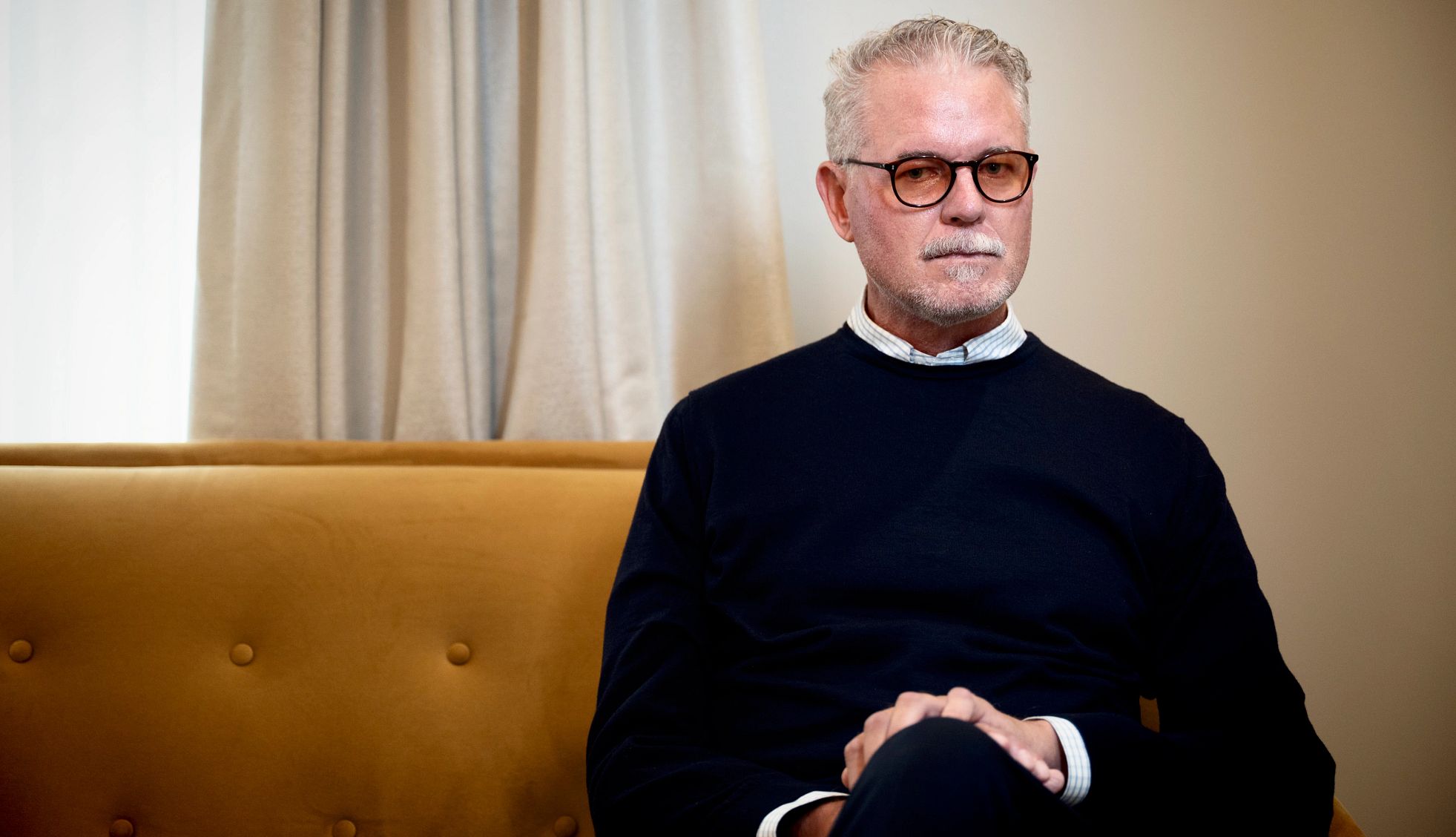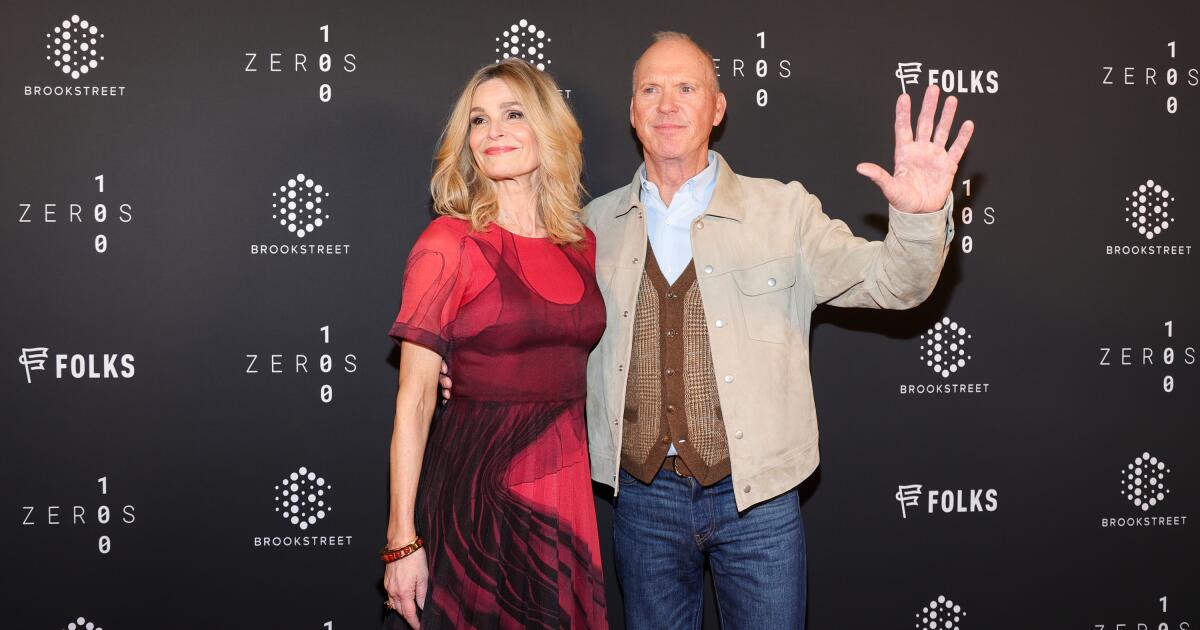Sam Levinson is spilling tea about the new season of “Euphoria”… and the time gap everyone’s wondering about.
The creator of the hit HBO Max series shared a peek at the new…

Sam Levinson is spilling tea about the new season of “Euphoria”… and the time gap everyone’s wondering about.
The creator of the hit HBO Max series shared a peek at the new…

Three Fields Entertainment, developer of the THQ Nordic-published racing game Wreckreation, has put the entire studio on redundancy notice.
The announcement was made by CEO Fiona Sperry earlier today via LinkedIn. “Today I am having to share one…

Extending the life cycle of digital devices and maximising the value of each component: this is the goal of the OnLife project, developed by Leonardo, which introduces a circular economy model applied to workplace assets. The initiative, which stems from a collaboration between Leonardo’s Sustainability and Digital Solutions departments, integrates digital technologies – from automation to artificial intelligence – with circular processes that reduce consumption, emissions and the use of raw materials, while generating social value for the communities in which the Group operates. The aim is to transform the traditional process of managing discarded PCs and monitors into a concrete opportunity f structured around three main drivers.
The first driver concerns the reuse of devices into the secondary market (PROSPERITY) through online sales channels, to contribute to the creation of a more inclusive and sustainable economy. The proceeds from the sale cover the costs of the project and the refurbishment of the PCs intended for donation. In this first phase, 160 assets were collected, 99% of which are prepared for reuse.
The second driver is digital inclusion (PEOPLE) and is part of HP’s Hope project: some of the decommissioned and refurbished devices are donated to non-profit organisations operating in areas with a greater digital divide. This initiative promotes access to technology, fosters interest in STEM subjects and creates new educational and professional opportunities.
The third area (PLANET) involves the implementation of advanced recycling processes for non-reusable devices to extract critical raw materials (CRMs), which are essential for the digital and green transition. This urban mining approach reduces dependence on virgin raw materials and helps to limit the overall environmental impact by cutting emissions and reducing the extraction of natural resources.

New Balance president and chief executive officer Joe Preston and Prada Group chief business development officer Roberto Massardi took the stage at the 2025 Footwear News Achievement Awards in New York City on Wednesday to accept the

CLINICAL CONVERSATIONS
Earlier this year, Incannex Healthcare shared positive data from a phase 2 clinical trial of PSX-001 (formerly known as Psi-GAD), a psilocybin-assisted psychotherapy treatment for generalized anxiety disorder (GAD)….

Actor Eric Dane continues to fight against ALS (amyotrophic lateral sclerosis) in the public eye.
“I’m not about to concede my purpose to some disease,” he said. “I just am not capable…

Netflix has added two new recurring guest stars to its scandalous Season 2 of the hit series “The Hunting Wives.” But, are they hunters or the hunted? Or both?
Kim Matula, who starred as Hope Logan in the CBS soap opera “The Bold and the…

A man mourns the loss of his dead celebrity mom, who unexpectedly appears before him as a hologram in his childhood home, singing and strumming a guitar.
The touching scene is from a new short film called “Sweetwater” that has an unlikely…
Co-hosts of the 2025 IHF Women’s World Championship Germany put on a show for over 9,000 fans inside the Westfalenhalle in Dortmund, blowing away Montenegro to qualify through to the quarter-finals for the fourth, consecutive event, after 2019…